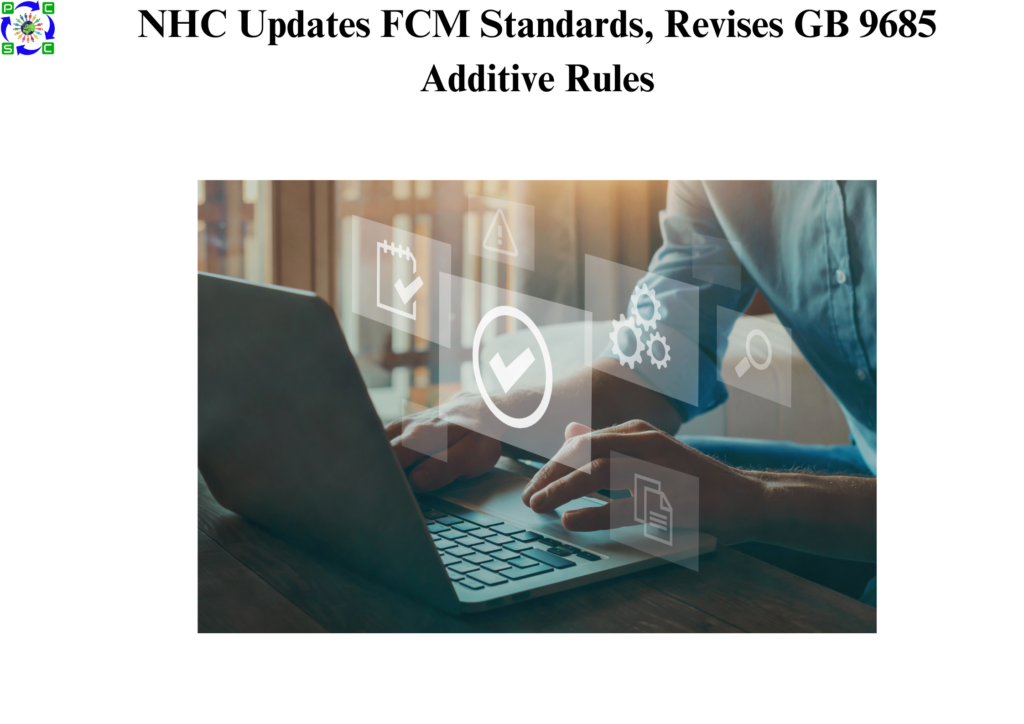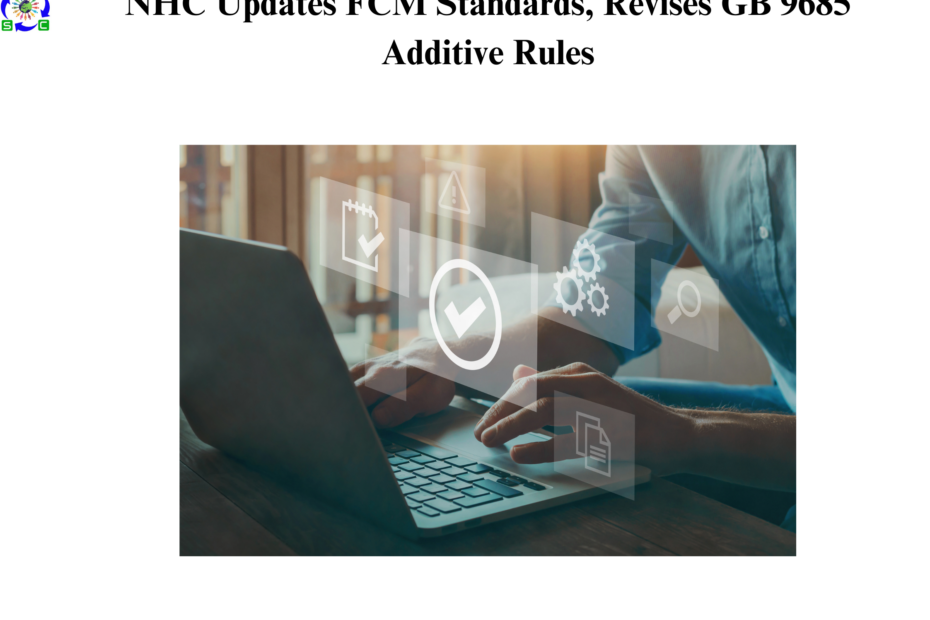
In March, 2025, China’s National Health Commission (NHC) announced the release of 50 new national food safety standards, with significant attention on six standards related to food contact materials (FCM). Among these, one amendment to the Standards for the Use of Additives in Food Contact Materials and Products (GB 9685-2016) and five revised testing method standards under the GB 31604 series were highlighted. These revisions aim to enhance the safety management of FCMs and protect consumer health.
Transition Period:
-
GB 31604 Testing Methods: The five testing method standards will come into effect on September 16, 2025, offering a six-month transition period for technical adjustments.
-
GB 9685-2016 Amendment: This amendment took immediate effect from March 16, 2025, requiring relevant businesses to comply without delay.
Key Revisions to GB 9685:
-
Expanded Application Scope: Additives previously permitted only for rubber under GB 9685-2008 can now also be used in silicone rubber production.
-
Clarified Standard References: Clause A.13(b) now references the 2014 edition of GB 2760 for more specific guidelines.
-
Adjusted Usage Limits:
-
FCA 1221 oxidized starch (CAS 221897-48-9) now has a revised usage limit of “as needed.”
-
Sodium hypochlorite in dry starch is limited to 55g per kilogram, calculated as chlorine.
-
-
Updated Additive Names: New Chinese nomenclature has been introduced for several additives.
-
Modified Specific Additive Requirements: Adjustments made to the usage scopes and limits for additives like C.I. Pigment Blue 15 (FCA0470).
-
Revised Limit Indicators: Limits for additives including trimellitic anhydride, 4,4′-methylenedianiline, and trimethylolpropane have been updated.
-
New Appendix B Entries: Three new calculation methods for limits, including for eugenol and crotonic acid.
-
Appendix D Clarification: Polyvinyl alcohol is now abbreviated as PVA or PVOH.
Updates to GB 31604 Testing Methods:
-
Optimized Pretreatment: Enhanced methods for food simulants with high ethanol content (≥50%) and added migration testing for phthalates in lipid-based simulants.
-
New Migration Testing: Methods for testing the migration of 1,1-dichloroethylene and 1,1-dichloroethane have been introduced.
-
Nitrosamines in Rubber: First-time migration and release testing methods for nitrosamines in rubber products.
-
New Testing Methods: Methods for additional substances such as 2,2,4,4-tetramethyl-1,3-cyclobutanediol and 4,4′-biphenol are now included.
These updates reflect China’s continued efforts to strengthen the safety of materials in contact with food, ensuring consumer health while aligning with evolving international standards.
Stay ahead in sustainability compliance with Global PCCS —where expert insights meet the latest regulations. Unlock a future where compliance fuels sustainability, helping your business thrive in a greener, well-regulated world. For more information, contact us at info@globalpccs.com








 Authorised IMDS & CDX Training & Consulting partner for
Authorised IMDS & CDX Training & Consulting partner for






